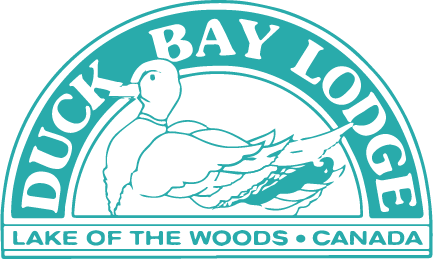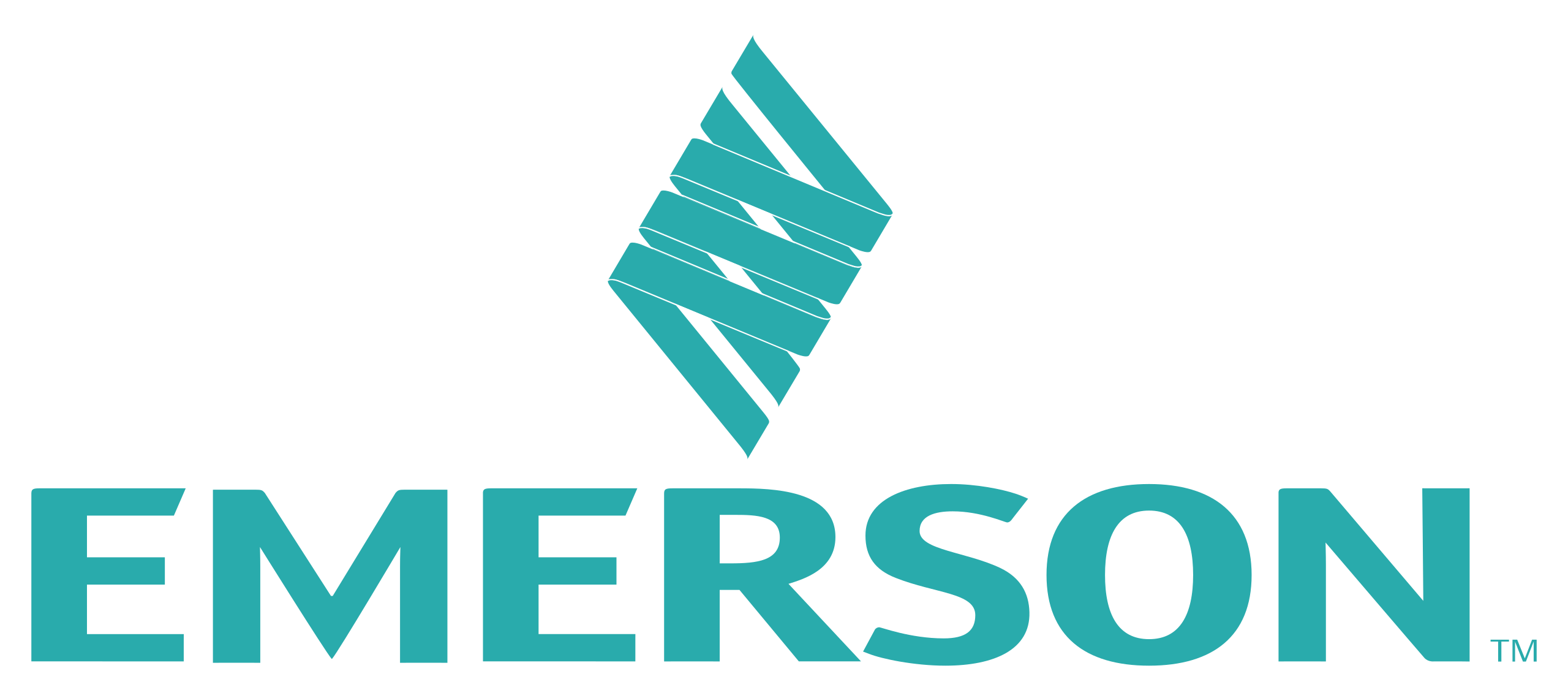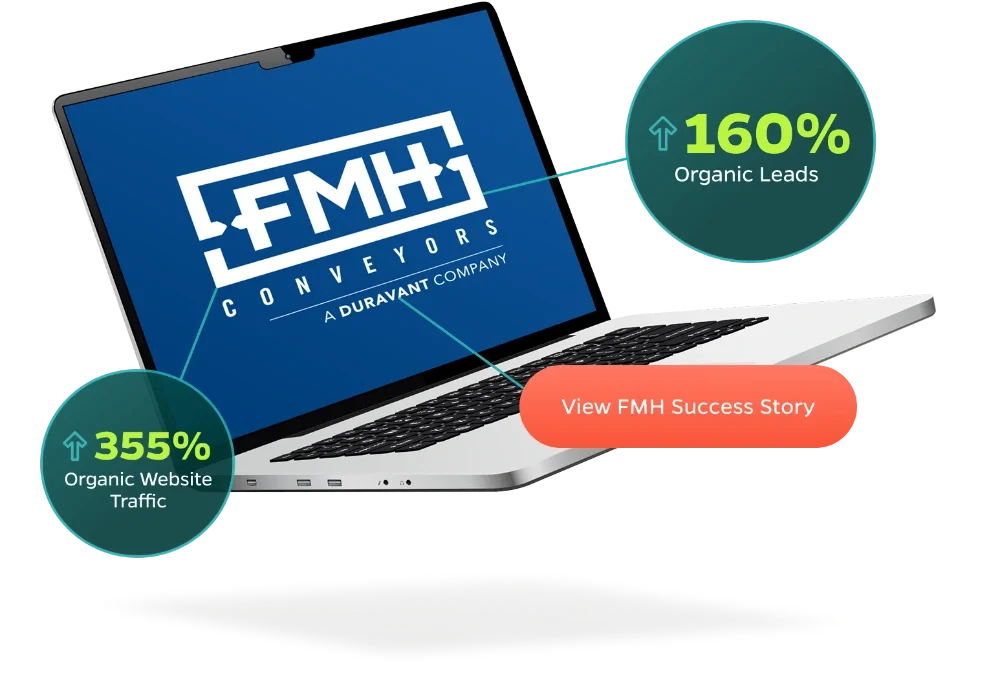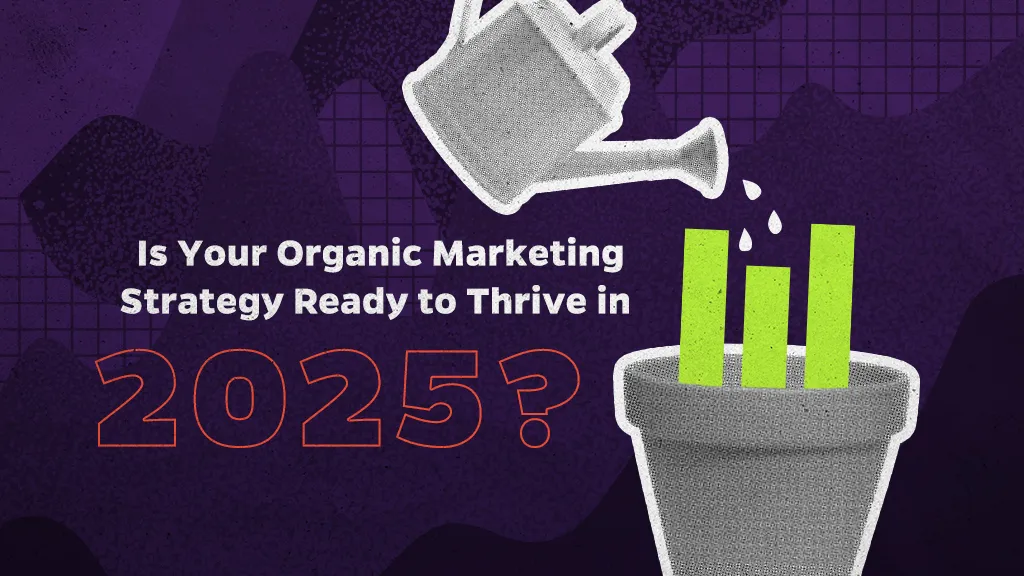
“They’ve exceeded expectations. If your goal is to scale sustainably, this is the team you want to engage.”


“Since partnering, we’ve seen significant improvements. If you’re looking for an SEO agency that combines strategy, execution, and real impact, I highly recommend them!”


“They go beyond being a great agency partner. A team of talented, professional revenue drivers. They have driven real results time and time again.”


“They have delivered a positive ROI from the first month – Acieta’s website has generated millions of dollars in new business from leads generated by Straight North’s SEO program.”


“A game-changer. Their SEO expertise has directly contributed to our growth. If you’re looking for a team that delivers and genuinely cares about your success, they’re it.”


“To grow your business, these are the people to have on your side. Their SEO has taken us to new sales levels and expanded our markets!”


“They understand our unique business instead of a “one-size-fits-all” strategy (like other companies do). They are proactive, happy to “do” (not just “suggest”), and I trust them.”


“Before them, we were struggling to find a trustworthy SEO company. If you’re looking for a reliable and efficient SEO company, look no further.


“A fantastic partner for our SEO! Their team is incredibly knowledgeable and stays ahead of the latest trends, ensuring we get the best results possible.”


“Straight North presents a very detailed SEO plan of attack. They’re timely and do a great job reporting on progress. A pleasure to work with!”























